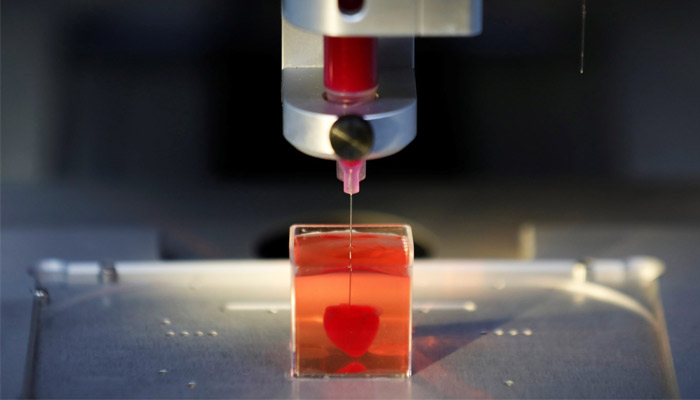An interesting concept that may bring dramatic changes in the future but is overlooked by many is what could be named “information access bottleneck”. This bottleneck describes how long the process of accessing information through a machine and/or with the use of the internet takes. The time to perform these actions has of course been declining quite consistently throughout history as we found more and more ways to store and retrace information that was previously unknown to us. Especially since the invention of computers, the internet, and primarily, smartphones, the information access bottleneck has drastically reduced from its original length.
Our smartphones basically give us access to almost all information we require or are interested in within seconds, if one can utilize technology and search methods well enough. Our current bottleneck are actually just these; knowing the best way to search for something, so keyword and such, knowing where to search for the required information, and how quickly we can type our search criteria into the various search engines available, like Google. Where it gets interesting for our future is how we can improve these factors with such technologies like voice activated commands, eye motion triggers that follow the line of sight of our eyes and can act upon certain actions, and finally technology that is linked directly to our brain. With technologies such as direct brain linkage, which will probably be established in the future, our information access bottlenecks can shrink down to virtually 0. We would be able to access information almost immediately, or as fast as we can think of it.
Decision making processes will speed up, any process requiring search for information will be impacted in a positive way, if speed is the criteria of success. But this begs the question, is this overall good for humanity or not? Everyone remembers their math teacher saying we have to learn our multiplication tables because we will not have a calculator with us at all times! But this has already proved to be wrong, in fact, almost everyone carries calculators around in the form of smartphones. The issue here is our reliance on these technologies.
Nowadays, if we ask anyone a question about history, for example, unless they actually have the knowledge base to answer our question, the person will simply do a quick search on Google and answer us within second. But is the regurgitation of facts on level with intelligence and knowledge? One might define it as another type of intelligence perhaps. Nevertheless, will our reliance on these technologies bring trouble when for instance somehow our collective memory is separated from them, or altered? Not having access to information suddenly might have enormous impacts on us as it already does when we are looking for something online but cannot seem to find an answer for it. Is it fine to continue to keep on relying on technology more and more? What should be the limit, if any?


